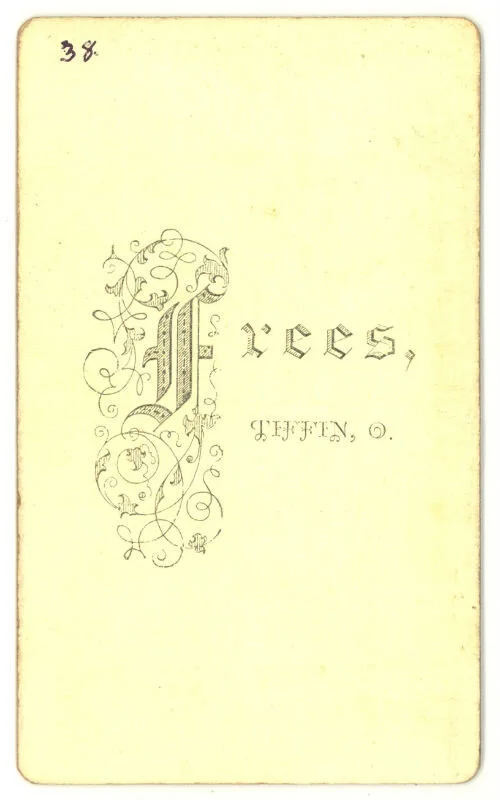Historic Photographs Part II: Cartes de Visite
Like modern trading cards, cartes de visite became the craze in the 1860s. Immediate descendants of the calling card, they are small mounted prints, usually 2 Ѕ” x 4” in size. Cartes were inexpensive, easy to produce, and available to most people. Museums may acquire images for their cultural, rather than photographic, qualities. As cultural objects their value lies in the fact that they reveal history in a way that no other object can. In addition to the scholarly value of the carte de visite, cartes also have exhibition value.
Due to the considerable number of cartes de visite that were produced in the nineteenth century, and their status as a common photographic object, in today’s modern market they are not as highly valued as other photographs. However, there are exceptions; for example, rare images of celebrities are highly collectable and valued.
You can usually find cartes de visite within historical photographic collections. The carte de visite as an object was used, touched, and traded among nineteenth century individuals. As such, it is a personal object. Because cartes de visite were a standard size and were exchanged regularly, it is highly likely you have one in your family’s historical photographs. These images are from our photographic collection and are very typical of the carte de visite.
This carte de visite is from the Oona Goforth collection, a part of the Minnetrista Heritage Collection.
